
The Chequamegon (pronounced “shuh-WAH-mah-gən”) region of northwest Wisconsin is home to a bay on Lake Superior and a national forest sharing the same name. It is also home to the Chequamegon Area Mountain Bike Association (CAMBA), which has built and maintained over 100 miles of singletrack in the area throughout its 32-year history.
As CAMBA enters the 2025 trail building season, the organization’s calendar is packed with maintenance and rebuilds on existing trails, providing much-needed facelifts to some of the area’s most iconic routes.
Staff and volunteers at CAMBA are gearing up for a lot of time spent in the northwoods this season, which is precisely where they want to be.
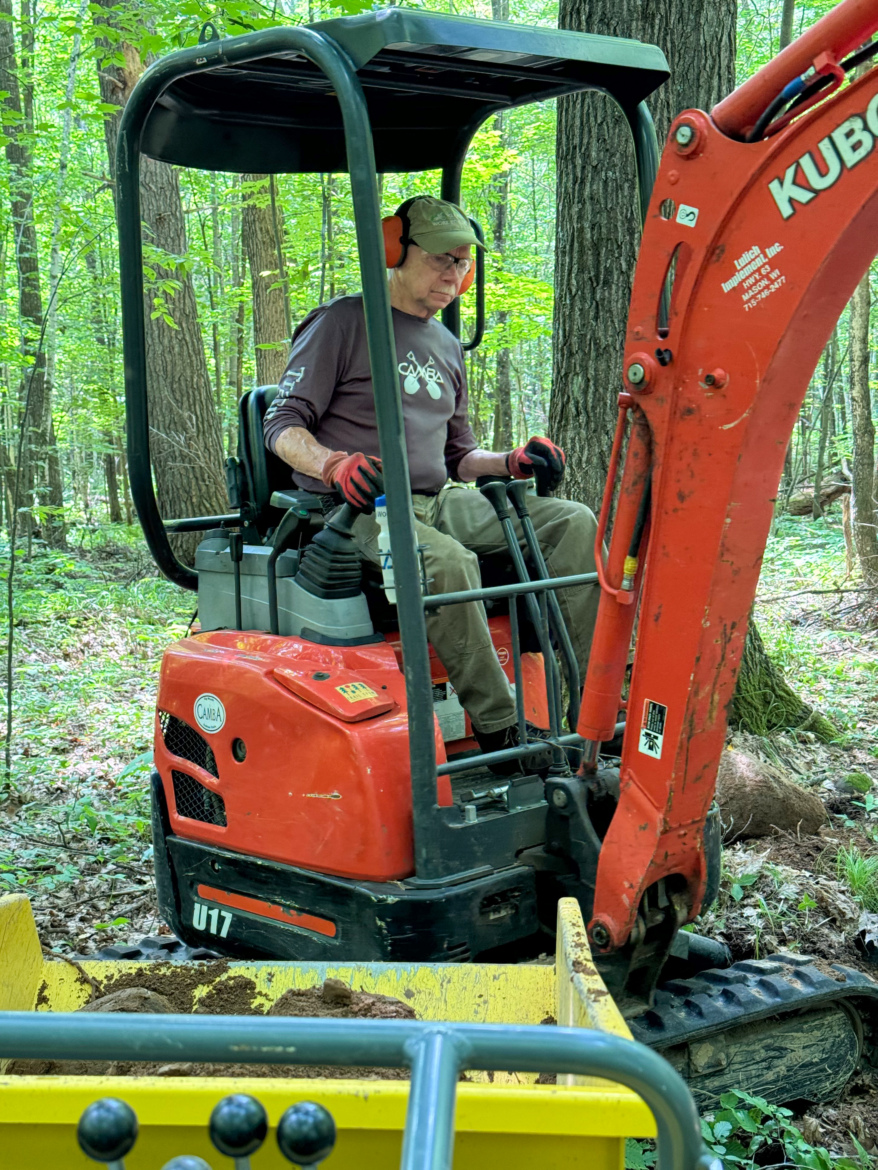


CAMBA’s trail refresh
CAMBA was founded in 1993. At that point, there wasn’t any public singletrack for mountain biking in the Chequamegon area.
“The bike shops all had their own little clusters of trails that they took care of, but there was nothing cohesive,” Ron Bergin told us. “So we got [CAMBA] together to try to blend that all, get financial support, some structure, and get some good trails on the ground.”
Bergin has been with CAMBA since its origins, serving as the Executive Director for over two decades. Despite retiring from the administrative side of the organization, Bergin still serves as a Trail Chief. He was the perfect person to help explain the history of the trails CAMBA has built and why they need a refresh.
According to Bergin and TJ Barnes, another Trail Chief for CAMBA, the organization has created a good mix of trails suitable for all riding levels. That said, many of the current trails CAMBA has built are intermediate in difficulty. However, thanks to the area’s rugged terrain, an intermediate northwoods trail might be more advanced than intermediate trails in other places.
“It’s a cross-country-optimized trail system,” Barnes shared. “Rocky, rooty, [like an] EKG, up and down.” While a few hundred feet of elevation change seems to be the norm for many trails in the area, longer trails like Ojibwe and Makwa have closer to 1,000 feet of elevation change.
Aside from difficult terrain, trail users can expect a vast wilderness experience. Both Barnes and Bergin shared a feeling of “being out there,” riding for miles and miles without crossing any roads or any signs of civilization.
It is this wildness, paired with the rough terrain, that has led CAMBA to focus on trail refreshes over the years.
“There are three basic tenets we look at: the sustainability of trails, the safety, and the fun factor,” said Bergin. “After building for all these years, it became clear that we have to do more to maintain these trails to the standards that we want to see.”
So, roughly five or six years ago, CAMBA shifted its focus to emphasize high-end maintenance and rehabilitation of its older trails. The oldest and most needy trails in its network were the first to receive a trail refresh. As the years have passed, CAMBA has focused its attention on different trails each year.
Much of the rehab work involves improving or installing drainage, removing or adding rock, root removal, and grading. While the area is known for its rugged, hand-built trails, some trails have simply become too rough with years of use. Like many trail organizations, CAMBA began experimenting with machine-built trails a few years ago and will use a mix of machine work followed by hand maintenance to address many existing needs.
While folks like Barnes and Bergin have taken the time to learn how to operate mini excavators, they also emphasize teaching volunteers the best trail-building practices. “We’re teaching people to become leaders and become skilled workers doing this kind of work, and that’s probably one of the biggest things to come out of it, is we’re expanding the knowledge base,” Bergin said.
For 2025, CAMBA will focus on three popular trails — Ojibwe, Makwa, and Dirt Candy — as well as a few trails in the Ashwabay System.
Ojibwe
Ojibwe is one of CAMBA’s original trails. The roughly 10-mile, rectangular loop is also one of the most challenging trails in the organization’s portfolio.
“It’s gotten to the point where it’s really not that fun to ride,” Barnes told us. “I love riding on rocks and roots, but this is actually over the top.”
With Ojibwe being a CAMBA classic, the organization doesn’t want to change the character of the trail completely. Rehabilitation will be a delicate process, with some technical rock and root sections remaining as they are, and others being improved. Many of the hand-built sections will essentially stay the same, while others will get a facelift.
This is especially true for sections of Ojibwe that fall on old doubletrack. The plan is to remove those sections from the old roadbed and transfer them to new singletrack.
To improve accessibility, CAMBA plans to rework at least one section of Ojibwe to a more intermediate difficulty. Since the loop also connects to a pair of blue flow trails at nearby Mount Telemark Village, the goal is to make the initial segment of Ojibwe leading into those trails more rider-friendly, while preserving the original character of the trail beyond Telemark.
“So it’s kind of a bridge between the old school heritage [trails], and then new school, flow/jump stuff that we’re seeing everywhere — trying to figure out that balance,” Barnes explained.

Makwa
Barnes and Bergin expect the rehab work on Makwa to go relatively quickly. The two explained that most of the work on Makwa is focused on reworking the trail’s tread.
The trail stretches over 11 miles, with riders climbing and descending nearly 1,000 feet in that distance. Despite being a blue-rated trail, sections of Makwa can prove to be challenging.
“There’s an area that’s really rocky, really nasty,” Barnes explained. “We’re going to bust through that with the machine, and that’ll add more flow.”
CAMBA anticipates removing rocks and roots from Makwa, as well as adding rocks where they feel they are needed. Similar to Ojibwe, while they want to keep the original character of Makwa, the organization is looking for ways to keep riders flowing on the trail a bit better.

Mt. Ashwabay
CAMBA’s Mt. Ashwabay Trail System sits on the flanks of the eponymous mountain, providing the area with just over 1,300 feet of elevation. Here, CAMBA will address some issues on Diesel Bear, Tsuga Daddy, and Dirt Lip. And, like Makwa, CAMBA expects a reasonably quick turnaround at Ashwabay.
“Ashwabay will be more tweaking. Ashwabay has some gravity, and on those gravity trails, it just needs a facelift,” Barnes explained.
Crews will be doing a bit of rock work, fixing tread, working on lips and landings, and addressing turn radii — especially those leading into features.

Dirt Candy
The final trail rehab on CAMBA’s 2025 agenda is Dirt Candy, a project that will be done in phases. Barnes and Bergin explained that parts of the trail pass through private land, adding to the complexity of addressing existing issues. Private versus public land entails different funding, thus the possibility of additional phases.
As it stands, Dirt Candy is made up of two trails — one more beginner/intermediate, and one more advanced. The trail breaks away from CAMBA’s typical rough, backcountry feel, featuring more flow, jumps, and berms, with the advanced section being a descent only.
It is these features that need to be rehabilitated in this first phase — and possibly made larger. “We can maybe use that black line to get it to a new black level,” Barnes explained. “It feels like that level has been growing. So we’re going to address that because we need that for our ridership, too.”
When will the rehabs be complete?
CAMBA has an ambitious workload this year, with six different trails in its system under construction. However, they remain optimistic that the trail work will get done quickly.
Bergin shared that the trail work on Dirt Candy (Phase 1), Makwa, and the trails at Ashwabay will be completed during the 2025 building season. While they have their fingers crossed that the Ojibwe rework will be completed this year, Bergin thinks some parts could get pushed to 2026.





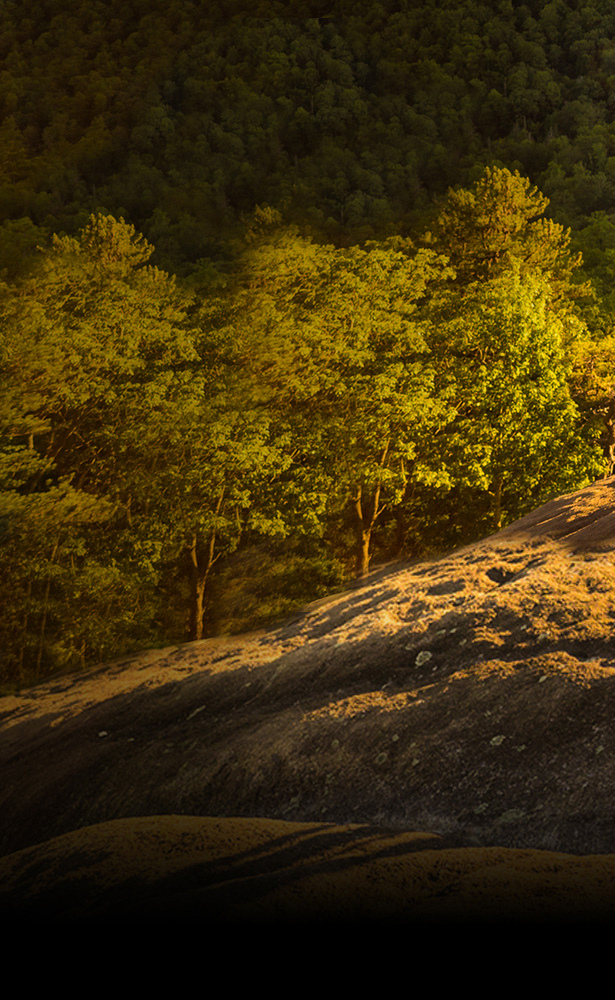
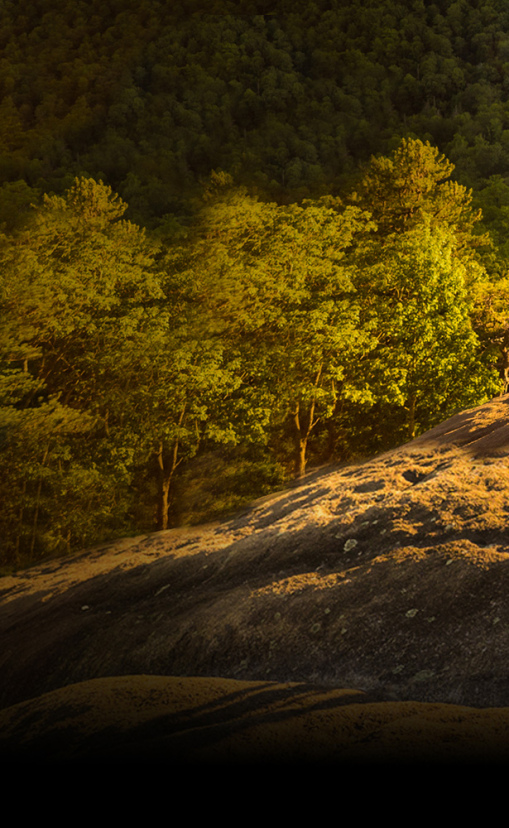
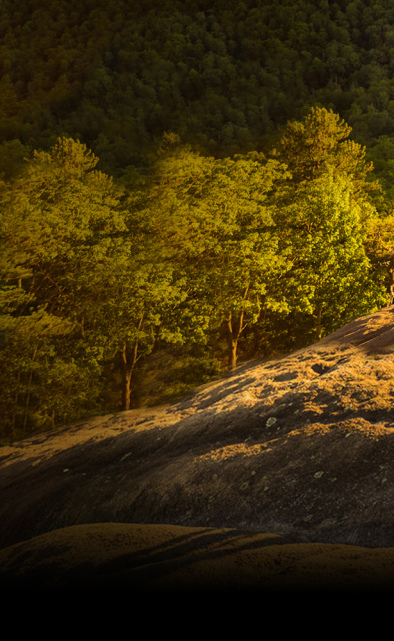

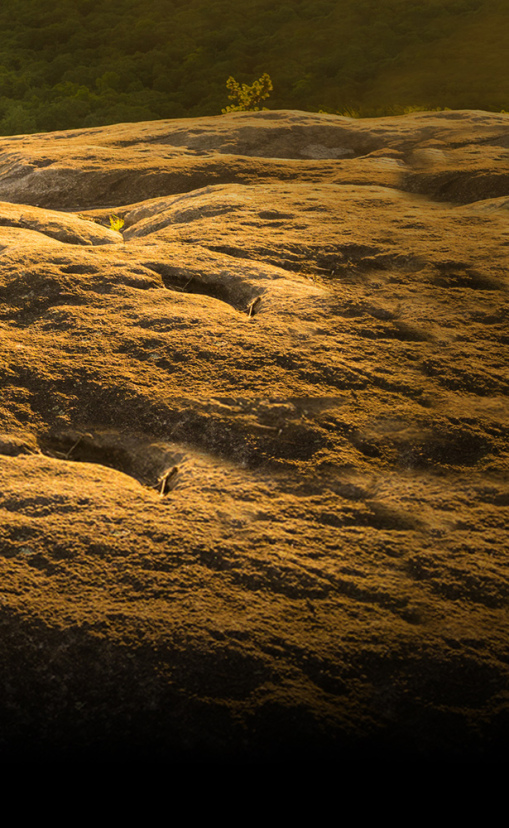
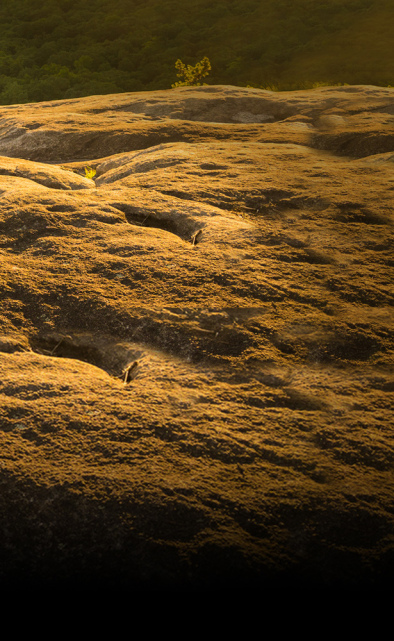


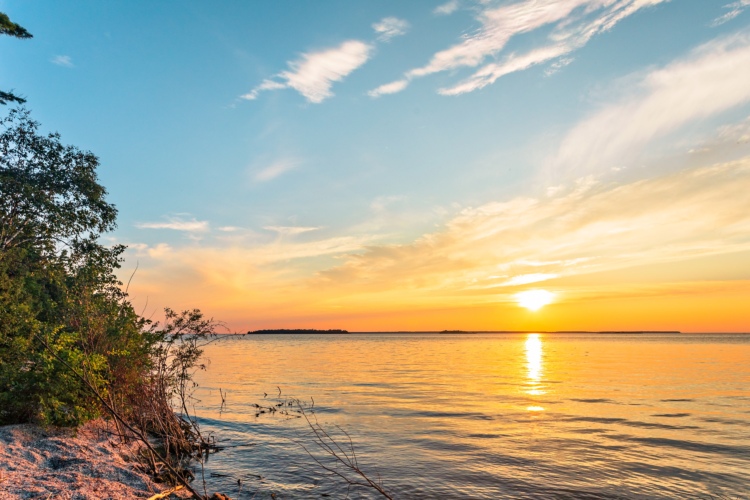
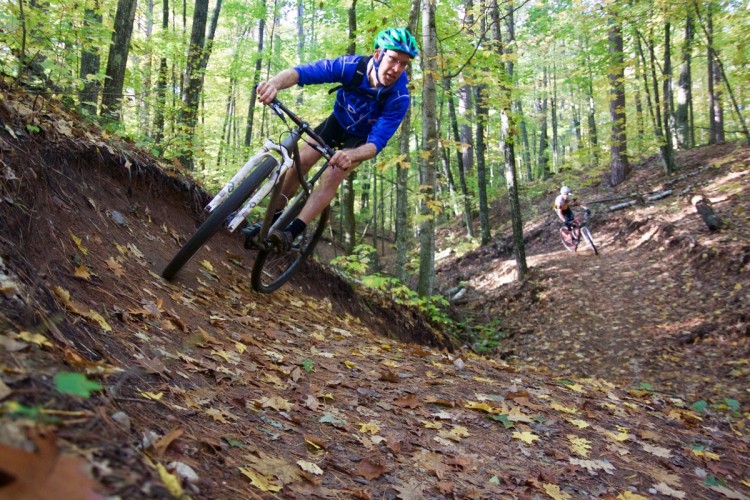
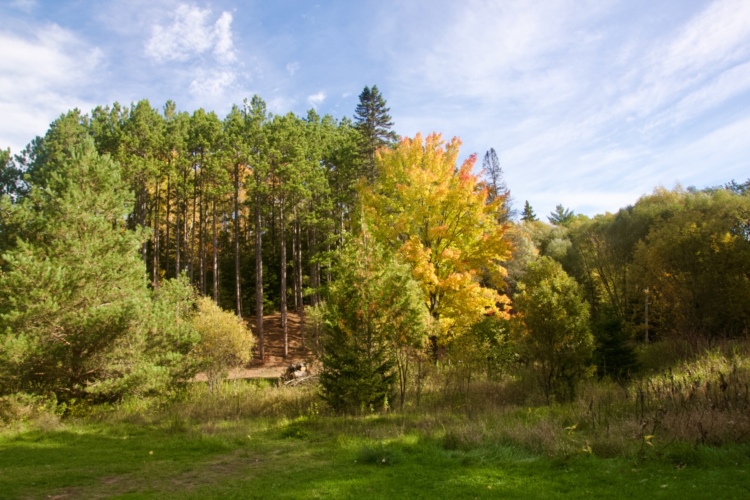
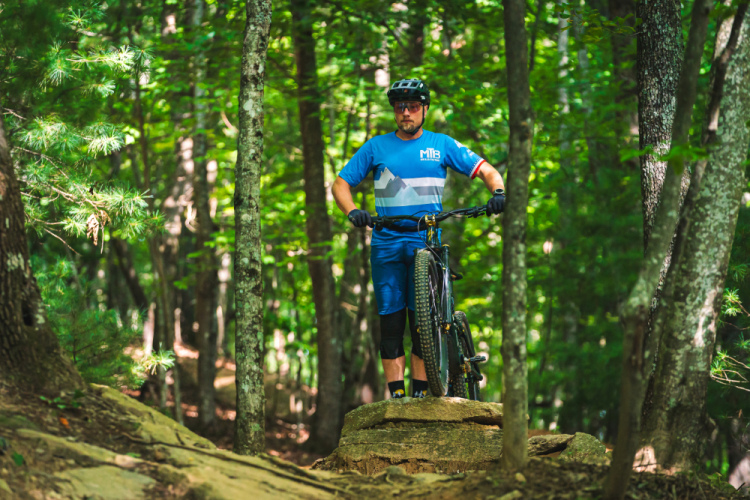
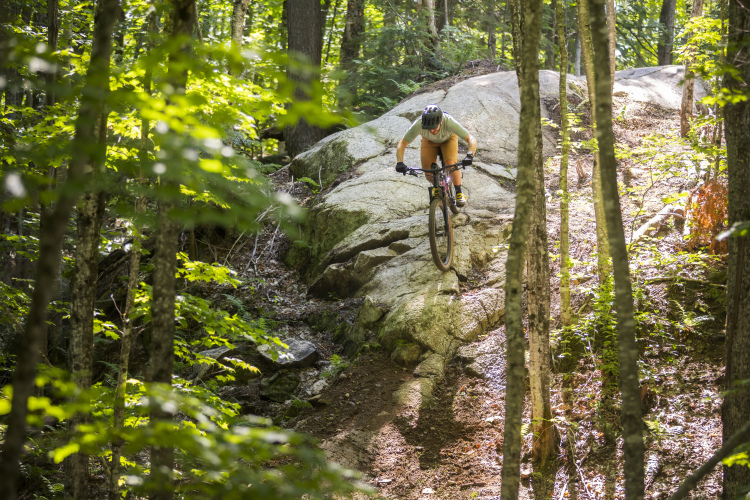



2 Comments
Jun 13, 2025
Just to be clear, this isn't a 1000 foot+ hill, this is 1000+ feet of elevation over the length of the trail? I can't imagine there are any hills much bigger then 700 feet in WI. Copper Harbor tops out at about 600 feet, the Porcuipines a bit more maybe.
May 16, 2025